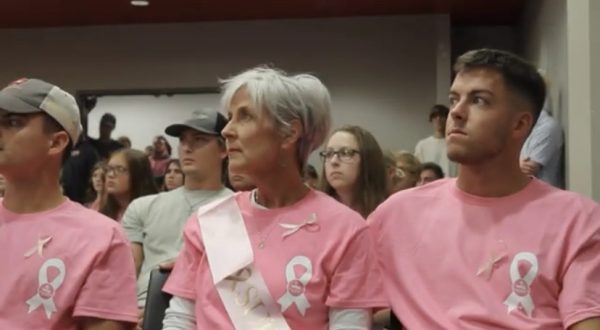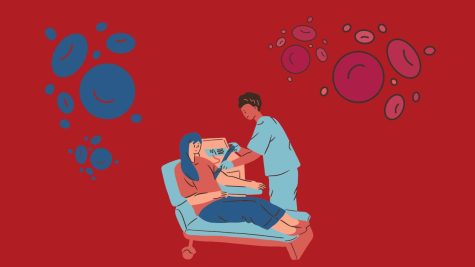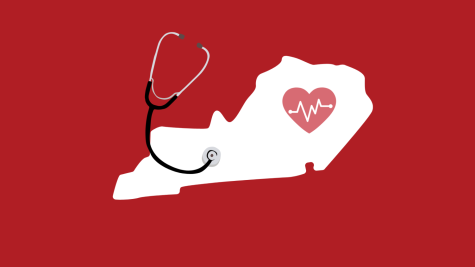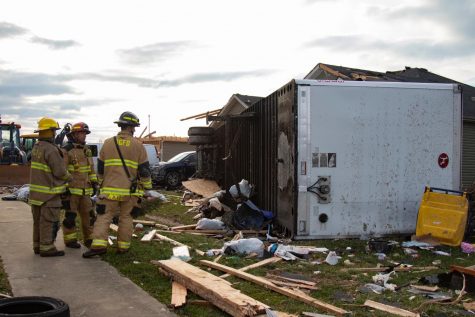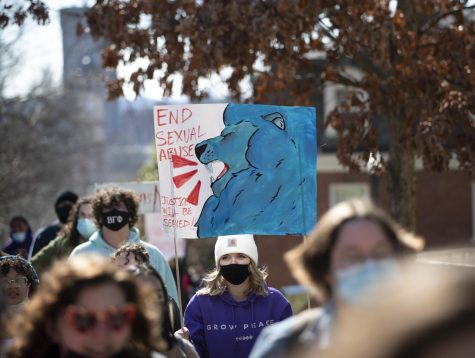Montana’s No. 1 cause of preventable deaths for youths is suicide. What can we do to change that?
March 31, 2021
Suicide is the No. 1 preventable cause of death in Montana for youths ages 10 to 14, according to statistics from the state’s health department.
What makes that statistic even more tragic is the fact that depression is one of the most treatable of all psychiatric disorders. Success rates are 86 percent for those whose treatment includes both antidepressants and therapy, and between 40 to 70 percent for those who get just one or the other alone.
Recognizing that there is a problem, however, can be difficult. Individuals suffering from depression may not talk about that much. In fact, many will put on a smiling face, and try to show the world that everything is OK.
Someone who has attempted to take their life may seem to be OK after treatment. But beneath the surface, may simply be building up the energy to carry out a dark plan.
Because of this, even close family members may miss the warning signs, and be left shocked and bewildered by a decision that seemed to come from nowhere. Years later, they may still struggle to understand what happened, and to forgive themselves for not saving their loved one.
“I cried myself to sleep for five years,” Misty Metcalf said. “Suicide affects so many people. And not just for that first year or two after they pass away. It affects you the rest of your life.”
That first wedding, that first baby, that favorite song on the radio, every holiday — all of those things would lead Metcalf to remember her lost sister, Shawn Marie Kuhn.
“She was always so happy, so bubbly, always wanting to help others and make them happy and laugh,” Metcalf recalled. “She was in an abusive relationship, but she still wanted everyone to think everything was OK with her.”
Before her first suicide attempt, Kuhn called everyone first, to say goodbye. Her parents rushed to her home, found her in time, and took her to a hospital.
She was to have been admitted to a treatment program shortly after — but unfortunately the last bed had already been taken. She would have to wait for an opening.
That wait proved to be too much. Just five days later, Kuhn lied to her sister, telling her that a friend was coming over to hang out with her that night. Instead, she took her own life.
“I know for me that was very hard, because I felt like I should have been with her that night,” Metcalf recalled.
It took her years to forgive herself for not being there on that fateful night, for not figuring out that even if her sister seemed to be doing better, she really wasn’t.
Causes are complex
“With suicide, there is not just one thing that leads to it,” Nick Kallem said.
His younger brother Zack took his own life in 2011 at the age of 20. He would have turned 21 in a month.
On the last day Kallem talked to Zack, he didn’t realize the call itself was a sign.
“He was loving his job,” Kallem recalled. “He told me it was like the best job he’d had in a while. He enjoyed all his coworkers. He was seeing someone, and talking to the therapist that he needed to talk to.”
Kallum felt like his brother was moving in the right direction. But the call was Zack’s way of checking in before checking out. Permanently.
“That would be the one thing I could have picked up on now, maybe,” Kallum said. “That it was a little out of character for him to call me out of the blue to check in.”
When people have decided to take their life, that can bring them a sense of closure or peace. Their mind has been in the equivalent of a burning building. They have lost all hope, but finally, they can see an end to it all. At this point, they may seem uncharacteristically calm and at peace.
Knowing what he does now about suicide, Kallem would have reached out to his mom and his sister, who were living in the same state with Zack at the time, to ask if they’d noticed anything different with him, and to have them go check on him.
Kallem and his family have made raising hope and awareness of suicide prevention a priority since Zack’s death. His mother has chaired Missoula’s Out of the Darkness Walk, and Kallum himself brought the Out of the Darkness Walk to Sidney four years ago.
Kallem also recently completed training to become a youth mental health first-aid instructor. He can train others to recognize the signs of suicide and depression, as well as offer effective strategies for talking to them and connecting them with resources that can help.
“Adults have a lot of support groups,” Kallem said. “Youths need those, too. And letting them recognize it’s OK to talk about their feelings. They don’t have to be tough. Everyone struggles.”
Hoping for change
One of the things both Kallum and Metcalf would like to see are more providers licensed to offer services in the MonDak, and perhaps even collaboration, so that people can be seen in either state by providers.
“The ones we have are great and beneficial,” Kallum added. “But the hard part is, they are busy. So being able to provide the needs of our community is hard. It would also be really beneficial if we could find a psychiatrist who can diagnose and prescribe medications if the need is there. That’s a hard one for eastern Montana and for rural areas in general. There’s just not enough psychiatrists in the nation.”
Telehealth, while lacking that in person component so beneficial for mental health counseling, could potentially help stretch thin resources to areas that are lacking care, Kallum believes.
“It’s better to be in person for mental health, to read body language, but when there is no resource, it is better than nothing,” he said.
Costs are another big factor for some families, Metcalf said.
Some insurance programs only cover seven days of treatment, while some facilities want patients to commit to 90-day programs. Daily costs for in patient programs can range to $3,000. That’s a big disconnect in what most families can afford to pay.
“We need better health care where they will actually cover the timeframe someone needs to be in placement,” Metcalf said.
Society plays another role in the problem, and that’s where individuals need to step up and be the change everyone needs to see. Being strong, being tough, not being a burden — that’s ingrained in the cultural values of the MonDak.
“It’s the cowboy mentality,” Kallem said.
Talking can help, Metcalf suggested.
“People need to know that if they are in a dark place, it’s OK to talk to someone about it,” she said. “Society can be very judgmental. We need to teach our youth and the adults that it’s OK to be you. Be you, because that is what makes you happy, and people are going to love you for who you are.”


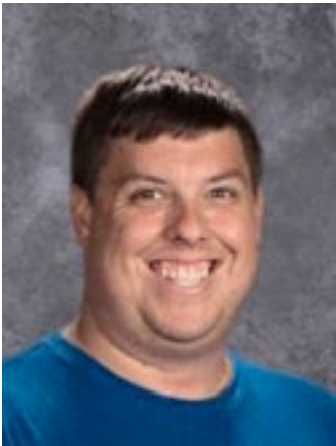








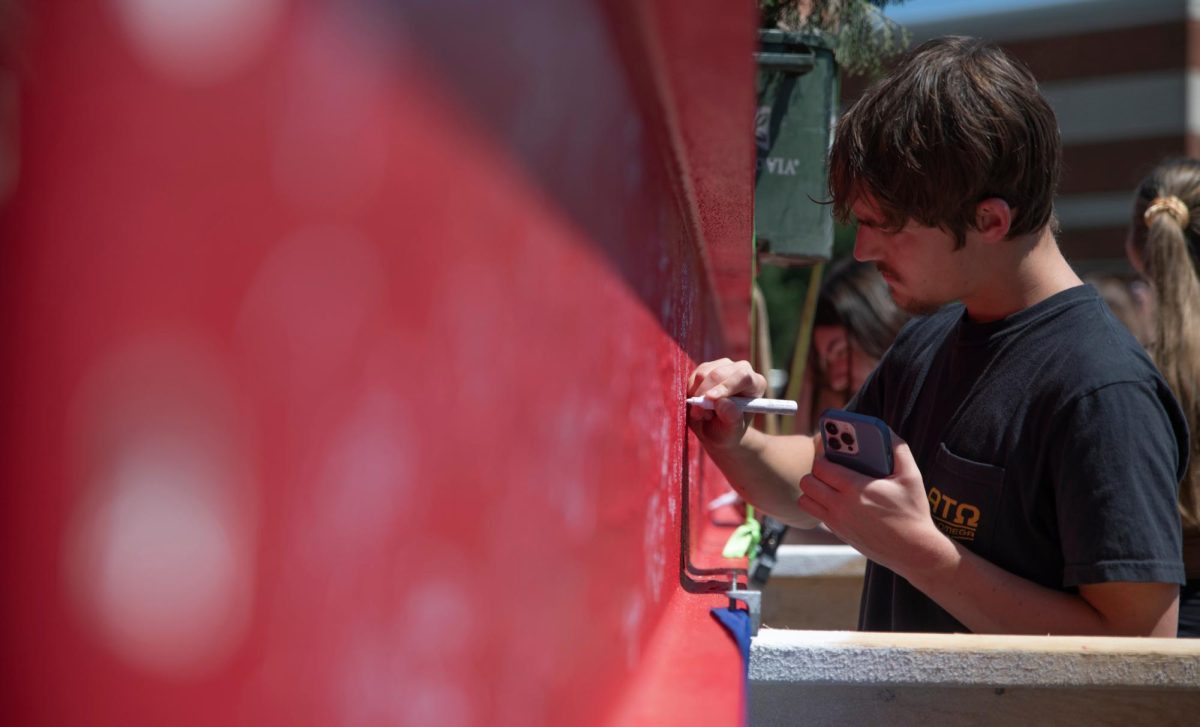



![Students cheer for Senator at Large Jaden Marshall after being announced as the Intercultural Student Engagement Center Senator for the 24th Senate on Wednesday, April 17 in the Senate Chamber in DSU. Ive done everything in my power, Ive said it 100 times, to be for the students, Marshall said. So, not only to win, but to hear that reaction for me by the other students is just something that shows people actually care about me [and] really support me.](https://wkuherald.com/wp-content/uploads/2024/04/jadenmarshall-1200x844.jpg)
